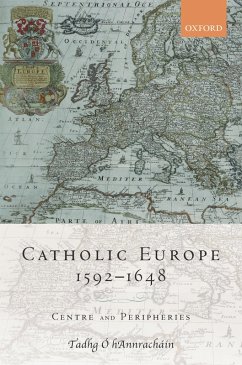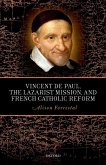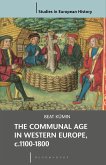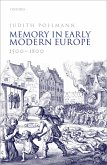Catholic Europe, 1592-1648 examines the processes of Catholic renewal from a unique perspective; rather than concentrating on the much studied heartlands of Catholic Europe, it focuses primarily on a series of societies on the European periphery and examines how Catholicism adapted to very different conditions in areas such as Ireland, Britain, the Netherlands, East-Central Europe, and the Balkans. In certain of these societies, such as Austria and Bohemia, the Catholic Reformation advanced alongside very rigorous processes of state coercion. In other Habsburg territories, most notably Royal Hungary, and in Poland, Catholic monarchs were forced to deploy less confrontational methods, which nevertheless enjoyed significant measures of success. On the Western fringe of the continent, Catholic renewal recorded its greatest advances in Ireland but even in the Netherlands it maintained a significant body of adherents, despite considerable state hostility. In the Balkans, Ó hAnnracháin examines the manner in which the papacy invested substantially more resources and diplomatic efforts in pursuing military strategies against the Ottoman Empire than in supporting missionary and educational activity. The chronological focus of the book is also unusual because on the peripheries of Europe the timing of Catholic reform occurred differently. Catholic Europe, 1592-1648 begins with the pontificate of Clement VIII and, rather than treating religious renewal in the later sixteenth and seventeenth centuries as essentially a continuation of established patterns of reform, it argues for the need to understand the contingency of this process and its constant adaptation to contemporary events and preoccupations.
Dieser Download kann aus rechtlichen Gründen nur mit Rechnungsadresse in A, B, BG, CY, CZ, D, DK, EW, E, FIN, F, GR, HR, H, IRL, I, LT, L, LR, M, NL, PL, P, R, S, SLO, SK ausgeliefert werden.









